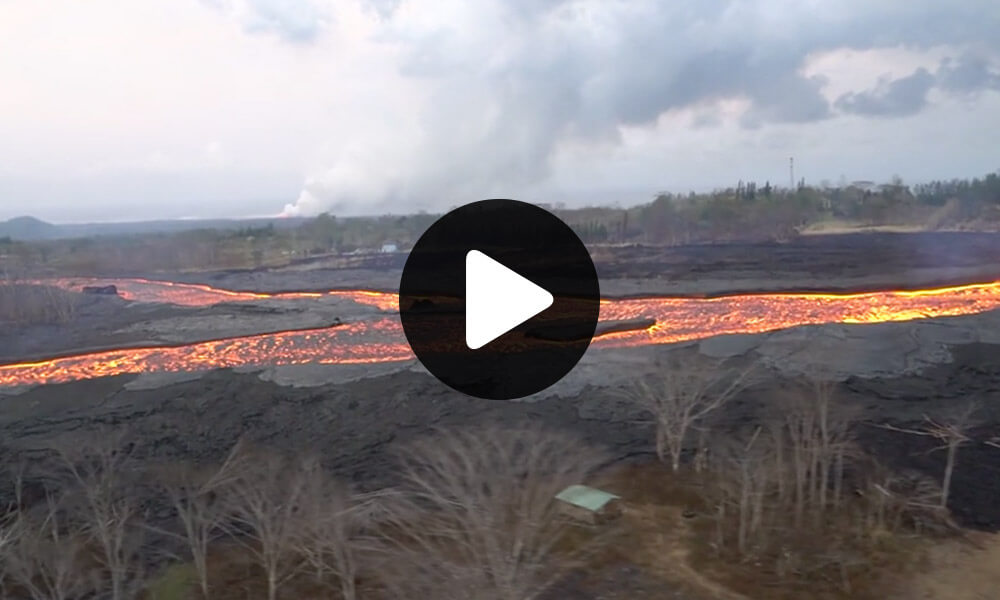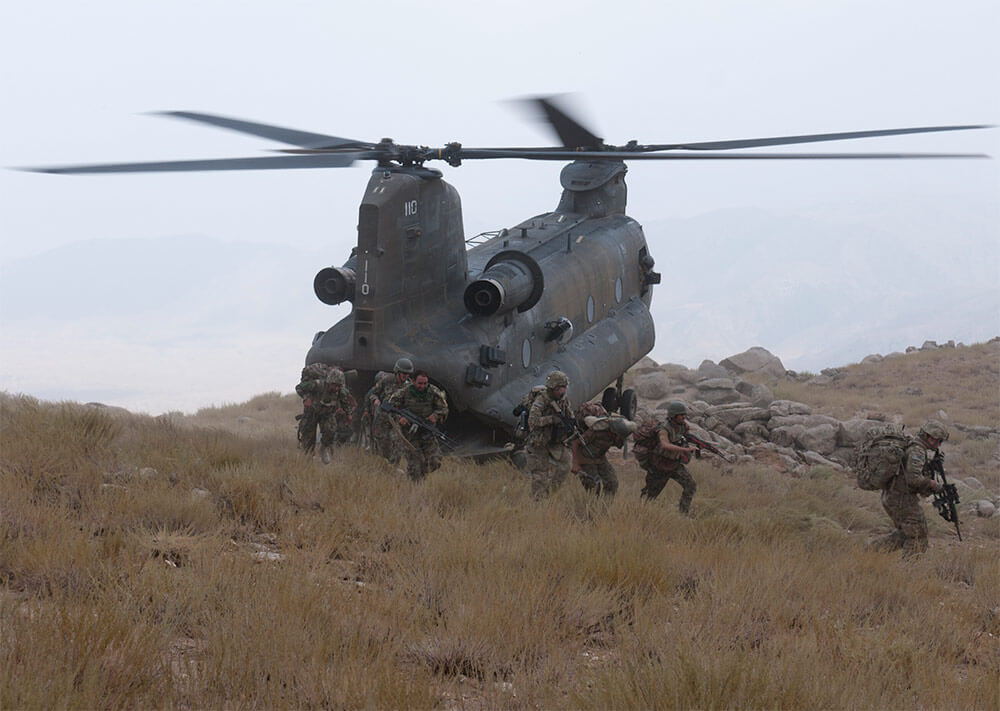
Aerial Survey video of lava flowing down valley in Hawaii.
On May 3 of this year, the Hawaiian volcano Kilauea began to once again make its power known. Rivers of crimson bubbling magma began to flow down from its summit, molten rock erupted hundreds of feet into the air, dark clouds of ash billowed 5 miles into the sky and toxic gas that cut down much of what was living nearby spewed from its peak.
Kilauea, which has been continuously erupting by varying degrees since 1983, is a persistent threat to the population of Hawaii – the official name of the island that is not only the largest island in the Hawaiian island chain, but in all of the United States. It bears the fitting, and more commonly used nickname – The Big Island.
As of early July, the most recent eruptions from Kilauea had created just over 10 square miles of new lava flow in the lower Puna district of the Big Island. The total affected population was roughly 5,600 people – 2,000 of whom were forced to evacuate, according to Hawaii County officials.
While Kilauea has been erupting since 1983, this last episode was the most dangerous to date. On May 3, newly formed fissures sent lava flowing into the residential neighborhood of Leilani Estates, near the community of Pahoa. The situation became more dire from there.
“Into the second week, she erupted again,” recalled LTC Shawn Tsuha, commander of Task Force Hawaii and a 30-year veteran of the Hawaii Army National Guard. “[Up until that point], older fissures were spewing, but not a lot. Then the next thing you know, a couple of older fissures just blew up. That’s when the lava started its march towards the ocean. Within a span of two or three days, it reached the ocean from where the initial event started … and now it’s marching towards the neighborhood of Kapoho, which is on the coastline also.”


